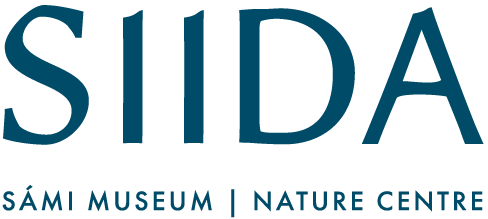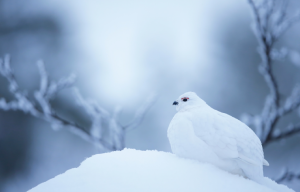Bálvvosbáiki (worship site) is an exhibition composed of video works and based on the yoiks of the musician Ánnámáret. The works have been created in cooperation by Ánnámáret, the media artist Marja Viitahuhta and musicians Ilkka Heinonen (bowed lyre jouhikko) and Turkka Inkilä (elektronic music).
The works reflect on how the Sámi world-view is manifested in our time. According to this world-view, humans are part of their environment – not owners but users of the environment who take into consideration the legacy of the past generations and foster the conditions for life for the future generations. The land, the plants, the animals and humanity form together a whole the elements of which depend on each other.
To represent Sápmi, the Land of the Sámi, the artists use experimental and searching techniques in their works. The image and the sound enter a dialogue with each other, forming mutual horizons and meanings of interpretation and creating space for and accompanying each other.
The exhibition, produced by the Sámi Museum Siida, is open at Siida until September 29, 2024.

